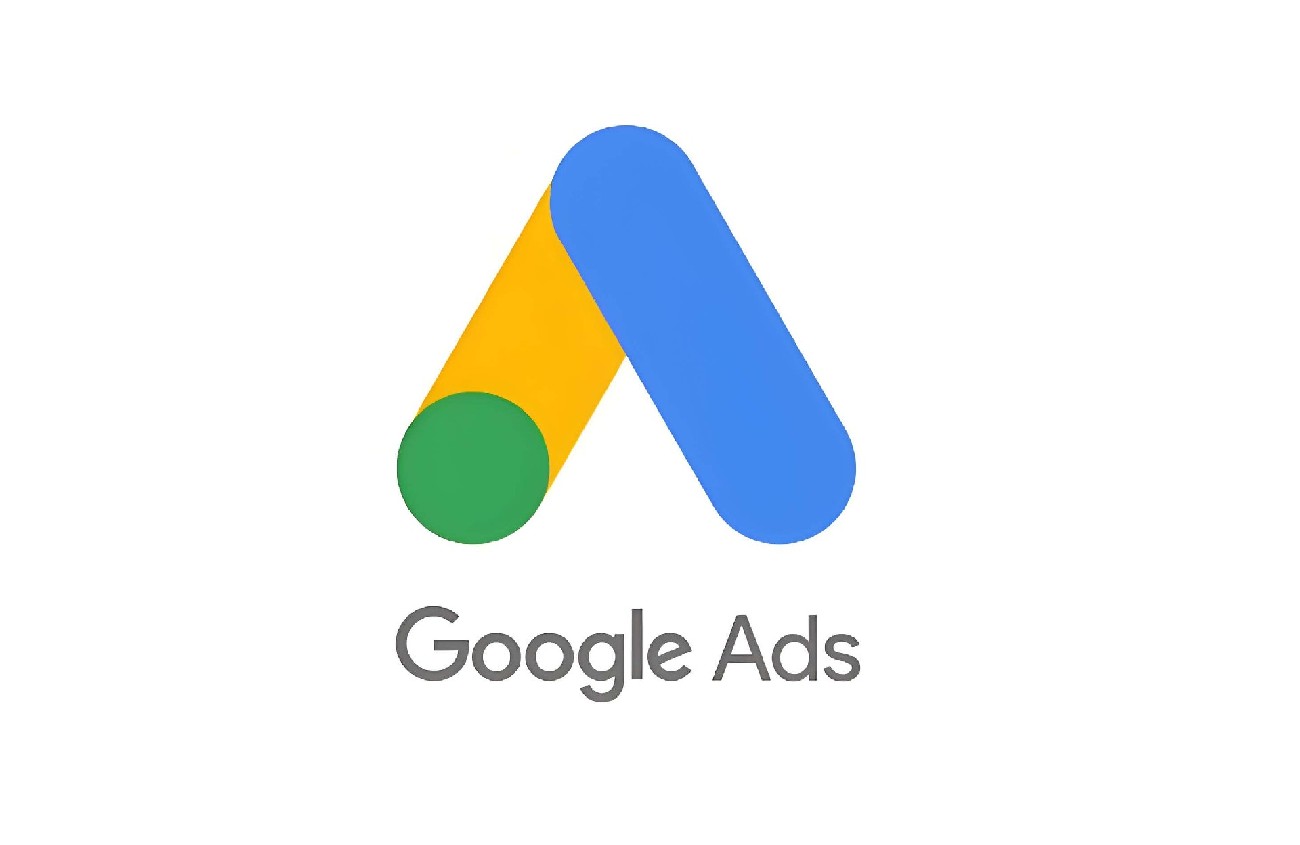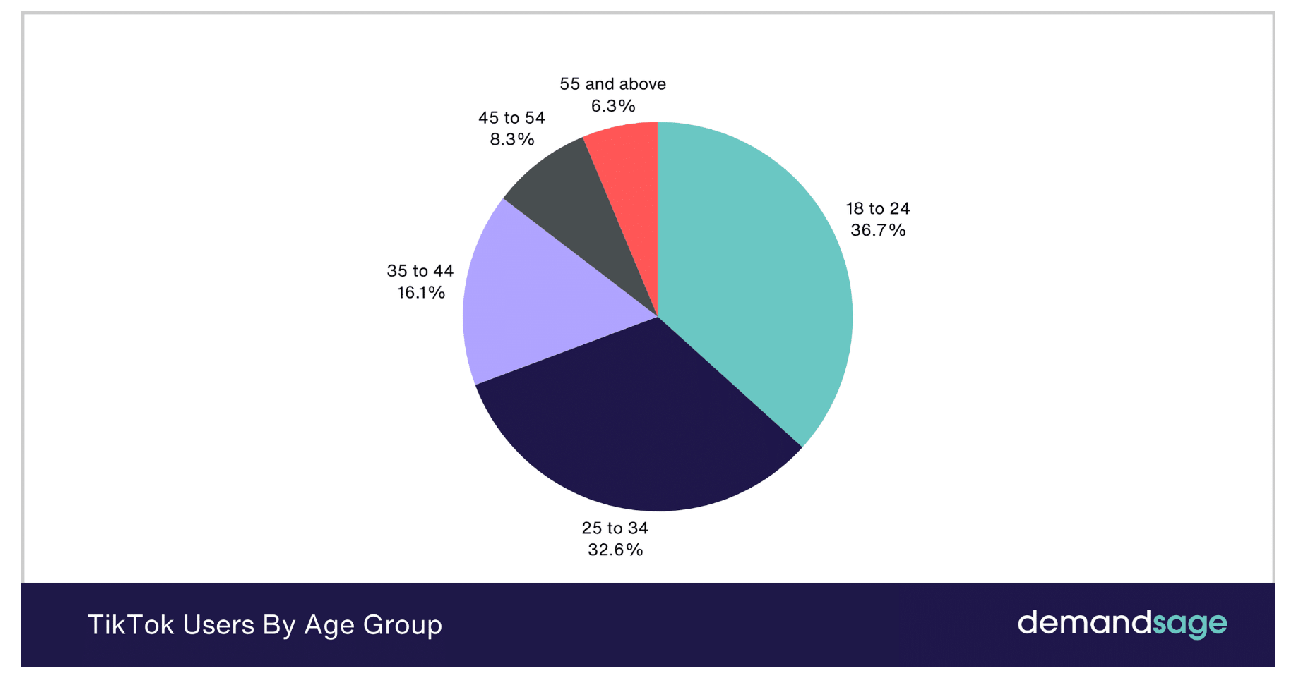In the mobile app market, Apple Search Ads (ASA) has become an indispensable promotion tool for many developers and marketers. As an official search advertising service launched by Apple, ASA helps developers precisely showcase their apps to potential users, improving visibility and download rates. QinDian, which is dedicated to driving user growth through smart search marketing, believes that bid strategy, as a core element of ASA campaigns, directly impacts whether an ad is displayed and its ultimate conversion effectiveness.
A well-planned bid strategy not only helps apps achieve better exposure and conversion rates but also controls costs effectively, maximizing ROI. Therefore, developing a scientific and effective bid strategy is crucial for ASA success. In this article, we will explore how to build an efficient ASA bidding strategy from the perspectives of budget management, ad timing, and ongoing optimization.

Budget Management — Know What You Want
When developers initially plan their ASA (Apple Search Ads) budget, they first need to identify their marketing goals. Whether it’s increasing brand awareness, boosting downloads, or enhancing user engagement, different marketing objectives will determine how the budget is allocated. Additionally, researching competitor campaigns, especially their keyword choices and bid ranges, can help make more informed decisions.
Once you have a basic expectation of campaign performance, you can allocate your budget using the following methods:
Phased Allocation: Adjust your budget according to different promotion stages (e.g., launch, growth, and stabilization phases);
Focused Approach: Increase the budget for core keywords and high-potential user groups to enhance the campaign’s effectiveness;
Keyword Grouping: Group keywords by relevance and expected conversion rates, then allocate the budget based on performance;
Flexible Adjustment: Dynamically adjust the budget according to factors such as ad performance, time periods, and regions, adapting to market changes.
To improve bidding efficiency and rationality, developers often opt for Apple’s automated bidding mode or third-party intelligent tools. For instance, QinDian’s ASA smart platform “GuoSouSou” allows developers to manage bulk ads through an automated strategy, from keyword settings and bidding to budget and cost management, ensuring precise and efficient ad performance.
Ad Timing — Understand User Behavior Patterns
To maximize the effectiveness of ASA (Apple Search Ads) campaigns, strategically choosing the best timing is essential. Using data analysis tools, marketers can identify when target users are most active, observe competitors’ ad schedules, capitalize on special time periods like holidays, and determine the optimal ad timings through A/B testing.
Understanding when users are most active and adjusting ad strategies accordingly can significantly improve ad performance. Increasing bids during peak user activity hours can boost ad exposure and capture users' attention. Conversely, reducing bids during low activity periods can avoid wasting resources.
For example, an education app initially distributed its budget evenly across different times during the test phase. The data revealed that downloads on weekends were significantly higher than on weekdays. Consequently, the app allocated more budget to weekends, especially from Saturday afternoon to Sunday evening, which resulted in a 20% increase in weekend downloads.
Similarly, if you’re promoting a social app and find that users are most active between 7 PM and 9 PM, raising bids during this period can maximize ad effectiveness. You might also consider advertising during morning commuting hours to capture users' attention.
Continuous Optimization — Identify Areas for Improvement
The bidding strategy for ASA campaigns is an ongoing iterative process. By analyzing performance data (such as click-through rates, conversion rates, and download numbers) at each stage, you can understand the strengths and weaknesses of your current bidding strategy, providing insights for budget adjustments. Additionally, focusing on paid user acquisition funnels is crucial for improving KPIs. Analyzing key data metrics can help pinpoint the weakest stage of the funnel and develop targeted solutions.
If your Apple Search Ads aren't generating enough impressions, one possibility is that your target keywords are less relevant. In that case, consider lowering the bid or removing the keyword altogether. Another possibility is that your cost-per-tap (CPT) is too low — competitors may be outbidding you for the same keywords. In this case, try gradually increasing the CPT (Apple suggests increments of about 20%) while monitoring the results closely.
In practice, we can take inspiration from a travel app: By analyzing data, the app noticed that some keywords brought in many clicks but had low conversion rates. They used the negative keywords feature to filter out this ineffective traffic while increasing bids for high-converting keywords, ultimately achieving a higher return on investment.
Conclusion
ASA (Apple Search Ads) is a key tool for app promotion, and its effectiveness largely depends on the planning and execution of the bidding strategy. By properly managing your budget, strategically choosing ad timing, and continuously optimizing your campaigns, you can significantly enhance ASA performance. Furthermore, using the “GuoSouSou” ASA smart platform can save marketers time and improve campaign efficiency, leading to higher-quality user acquisition and retention.




